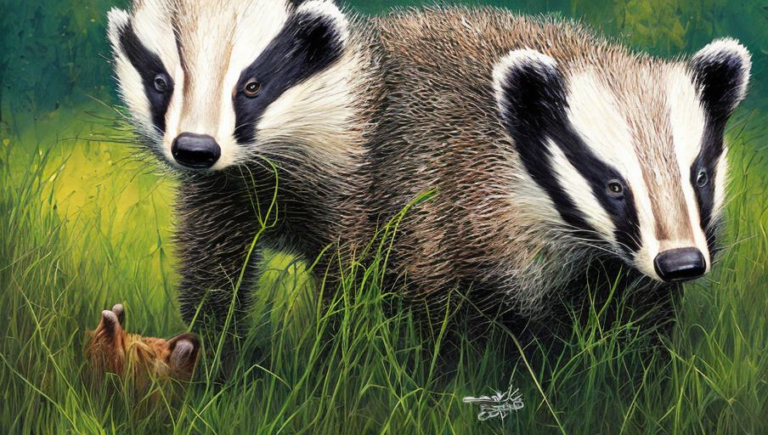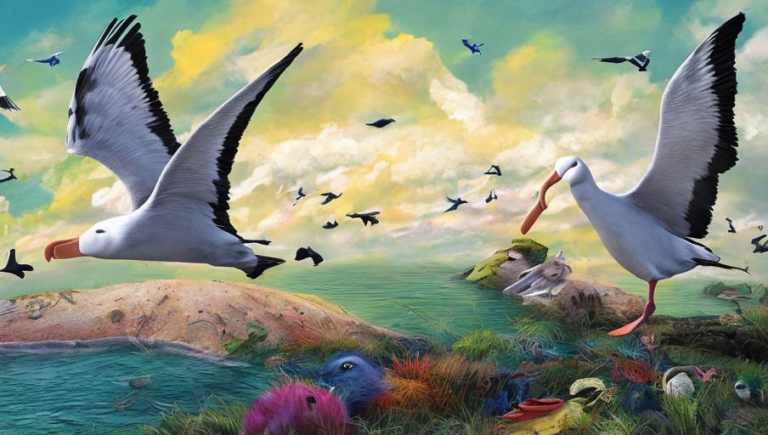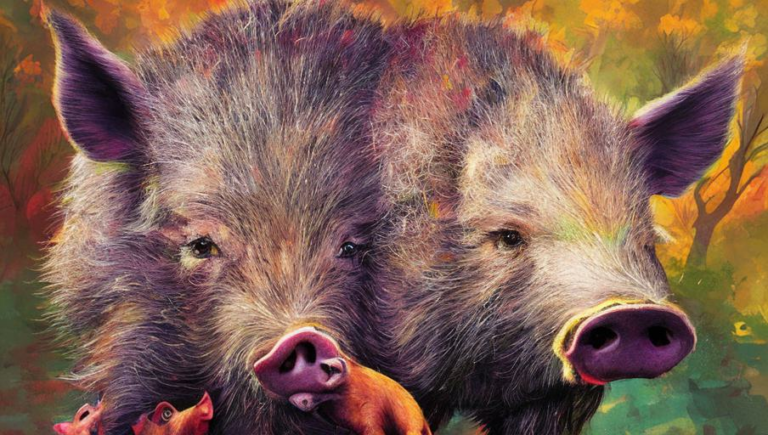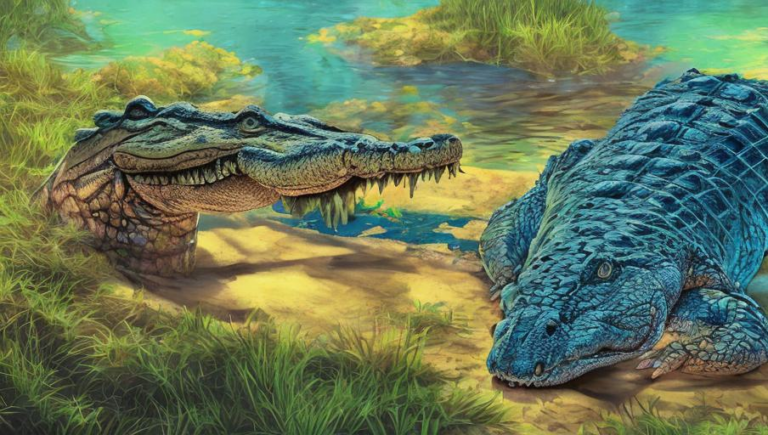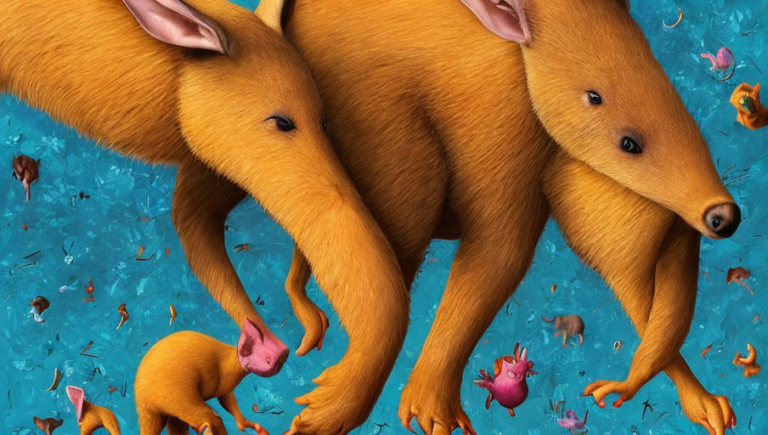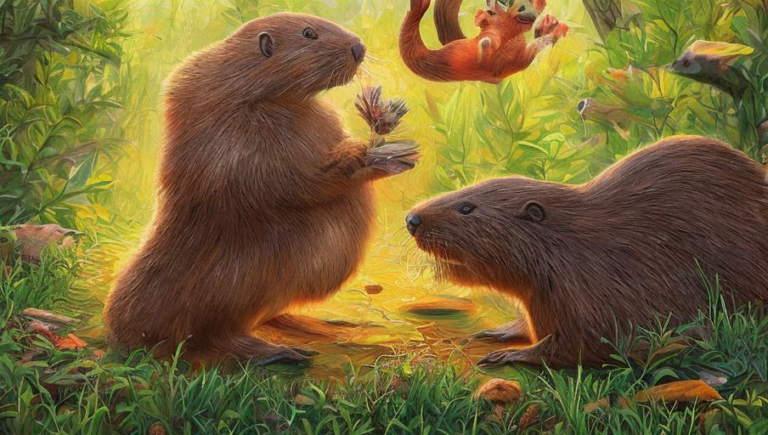On the Hunt: Albatrosses and Their Prey
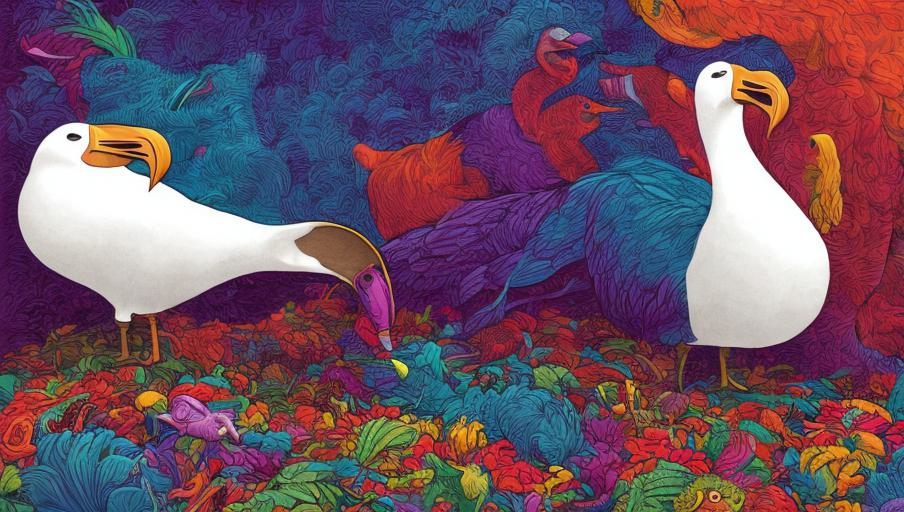
Introduction
Albatrosses are large seabirds found in many oceans around the world. They are known for their impressive wingspan which can span up to twelve feet, as well as their graceful flight. Albatrosses are skilled hunters, often spending long hours on the hunt in pursuit of their prey. They feed on a variety of fish, squid, and crustaceans, which they can pluck from the sea with their long beaks.
The Hunt
When hunting, albatrosses are known to soar high in the sky, searching for fish and other prey below. They often hunt alone, but sometimes they can be seen in groups. Albatrosses have keen eyesight which they use to spot potential prey from a great distance. Once a target is identified, the albatross will swoop down and snatch it from the water.
Adaptations
Albatrosses have adapted to life at sea. Their feet are webbed to help them swim and their beaks are sharp and pointy to help them catch their prey. They also have an oil gland which helps to keep their feathers waterproof. This helps them to stay afloat and to remain buoyant in the water. Furthermore, albatrosses have incredibly strong wings that allow them to soar up to altitudes of over three thousand feet.
Behavior and Social Structure
Albatrosses are generally solitary creatures, but they can be seen in large flocks during breeding season. During this time, they compete for mates and form large colonies on shorelines. They form long-term relationships with their mates and both parents share the responsibility of caring for their chicks. Albatrosses are also known to be very social birds and have been observed greeting each other with a courtship dance, which involves clacking of their beaks and bowing.
Conservation Status
Albatrosses are currently listed as vulnerable, with several species threatened with extinction. The main threats come from fishing, habitat loss, and climate change. As their populations decline, it is important to take steps to protect them and their habitats. This includes maintaining healthy fish stocks, reducing plastic pollution, and protecting breeding grounds. Additionally, it is important to spread awareness and educate people on the importance of conservation of these unique and majestic species.
Conclusion
Albatrosses are beautiful and fascinating birds that have adapted to life at sea. They are skilled hunters, often spending long hours in pursuit of their prey. They form long-term relationships with their mates and have complex social structures. It is important to protect their habitats and populations from threats such as fishing and climate change. By doing so, we can ensure that these majestic creatures continue to soar the skies for generations to come.
